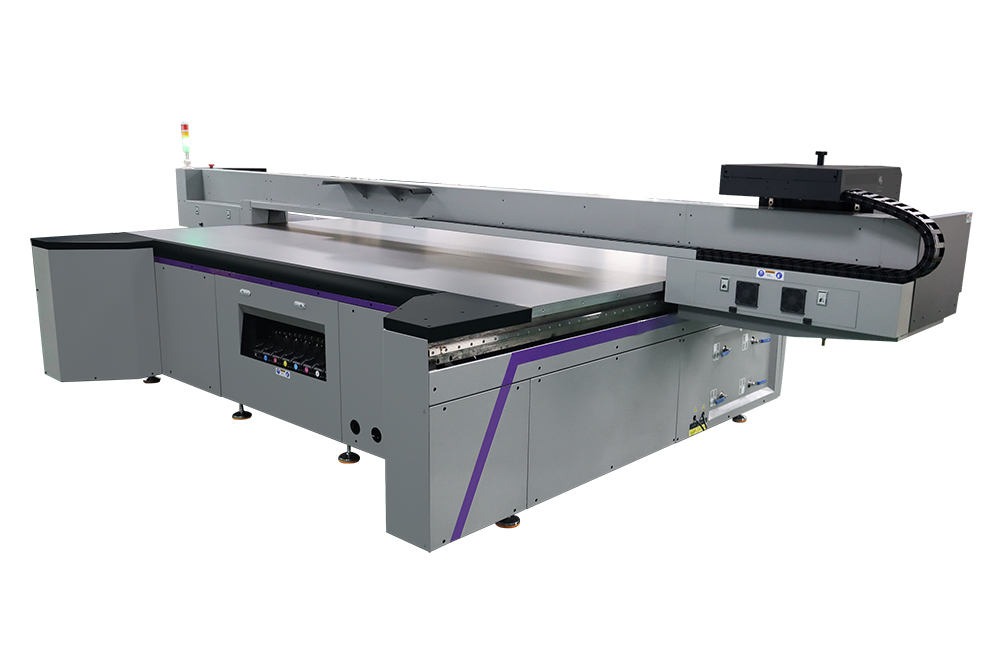UV Flatbed Printer: The Role of Substrates in Print Quality
UV Flatbed Printer: The Role of Substrates in Print Quality
In the world of digital printing, UV flatbed printers have emerged as a versatile and efficient tool for printing on various materials. These printers utilize ultraviolet (UV) light to instantly cure inks on a wide range of substrates, offering a fast and efficient printing solution. However, the choice of substrate plays a crucial role in determining the final print quality. This article explores the significance of substrates in achieving optimal print results with a UV flatbed printer.

Understanding UV Flatbed Printers
UV flatbed printers are known for their ability to print directly onto rigid or flexible materials without the need for pre-treatment or post-processing. The printing process involves jetting UV-curable inks directly onto the substrate and then immediately curing the inks with UV lamps. This technology allows for high-resolution prints with vibrant colors and exceptional durability.
The Importance of Substrates
While UV flatbed printers offer impressive printing capabilities, the quality of the final output is heavily influenced by the choice of substrate. Substrates not only provide the foundation for the printed image but also affect how the inks adhere, spread, and cure. Different materials have varying absorption rates, porosity, and surface textures, all of which impact the final appearance of the print.
Types of Substrates
A wide array of materials can be used as substrates for UV flatbed printing, including:
Rigid Materials: These include materials like glass, metal, wood, and plastic. Each of these materials has unique properties that affect ink adhesion and curing. For instance, metal surfaces might require a special coating to ensure proper ink adhesion, while porous materials like wood may absorb inks differently, affecting color saturation and print sharpness.
Flexible Materials: Materials like vinyl, fabric, and other synthetics are commonly used for banners, signs, and displays. The flexibility and texture of these materials can influence how the inks spread and cure, affecting the final print quality.
How Substrates Affect Print Quality
The type of substrate used can significantly impact several aspects of print quality, including:
Color Reproduction: The porosity and absorption rate of the substrate can affect how inks are absorbed, which in turn influences color saturation and vibrancy. A porous substrate might absorb more ink, leading to deeper colors, while a non-porous surface might result in a more muted palette.
Resolution and Detail: The surface texture of the substrate plays a role in how fine the details of the print can be. A rough surface might scatter the inks, reducing the sharpness of the image, while a smooth surface allows for more precise ink placement, resulting in higher resolution prints.
Durability: The choice of substrate also affects the longevity of the print. Certain materials are more resistant to fading, scratching, or weathering than others. UV-curable inks bond differently with various materials, influencing the durability of the print.
Recommendations for Optimal Print Quality
To achieve optimal print quality with a UV flatbed printer, it is essential to consider the following factors when selecting a substrate:
Compatibility: Choose a substrate that is compatible with UV-curable inks. Some materials might require pre-treatment or coating to ensure good ink adhesion.
Surface Texture: For fine details and high resolution, select a substrate with a smooth surface. Rough or textured materials might scatter the inks, reducing image clarity.
Porosity: Understand how the porosity of the material affects ink absorption and color reproduction. Porous materials might require additional ink layers to achieve desired color saturation.
Durability Needs: Consider the intended use and lifespan of the printed product. Select a substrate that offers the necessary durability for your application.
Conclusion
UV flatbed printers offer remarkable versatility in digital printing, but achieving optimal print quality requires careful consideration of the substrate. The type of material used significantly impacts color reproduction, resolution, and durability. By selecting the right substrate and understanding its properties, printers can ensure that their UV flatbed printer produces consistently high-quality results.
